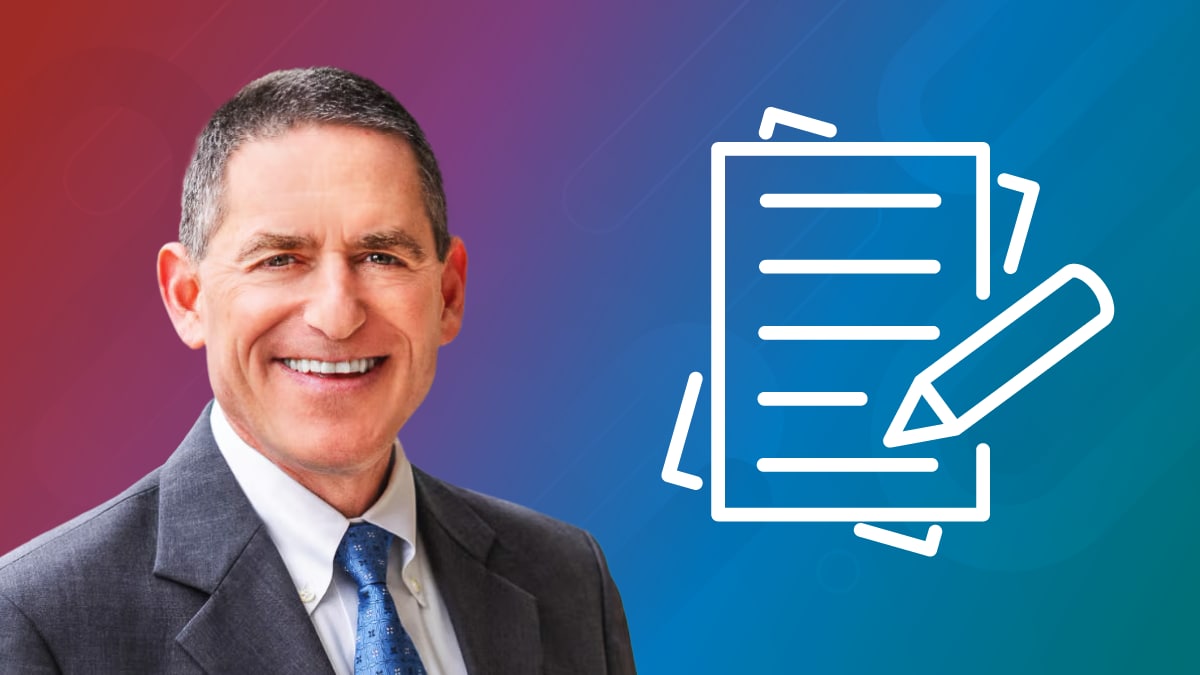At a glance
CDC celebrates World AIDS Day, a day to honor the millions of lives lost worldwide to AIDS-related illnesses and consciously renew the commitment to improving the lives of people with HIV.

Dear Colleague
December 1, 2022
Today is World AIDS Day; a day to honor the millions of lives lost worldwide to AIDS-related illnesses and consciously renew our commitment to improving the lives of people with HIV and ensuring equitable access to prevention services for all who could benefit. This year's theme—Putting Ourselves to the Test: Achieving Equity to End HIV—emphasizes accountability and action and highlights the importance of meeting people where they are with the services they need to stay healthy.
Since the early days of the HIV epidemic, breakthroughs in treatment and prevention have brought the annual number of new HIV infections in the United States from a peak of 130,000 in the mid-1980s to approximately 34,800 in 2019. Today, people with HIV can live long, healthy lives thanks to improved antiretroviral therapy. Plus powerful prevention tools — including simple and effective HIV treatment and pre-exposure prophylaxis (PrEP) — can practically eliminate transmission if used by all who could potentially benefit from them. Yet, despite these successes, progress has slowed and far too many people in the United States still are not benefiting equally from HIV prevention and care. Implementing comprehensive, whole-person approaches to HIV prevention and care is central to sustaining progress and advancing health equity.
This year, we observe World AIDS Day in the context of two other infectious disease threats—COVID-19 and mpox—that have further demonstrated the need for equitable access to prevention and treatment services across the United States. A syndemic approach to public health recognizes interlinked health conditions and the ways in which social injustice and inequity allow these conditions to amplify each other. It helps make clear the structural barriers and social determinants of health—including discrimination, stigma, and systemic racism—that allow disparities to persist, especially among systemically marginalized and medically disenfranchised populations.
To advance health equity and reach national HIV-related goals, this World AIDS Day we must commit to moving beyond traditional models of HIV prevention and care and embrace innovative tools and whole-person approaches that identify and address factors related to inequity and injustice. Syndemic and status neutral approaches to HIV care recognize and include broader social services that support the path to optimal health outcomes—such as housing, food, transportation, employment assistance, harm reduction services, and mental health and substance use disorder services. We must also recognize the need for flexibility in the way healthcare services are delivered and continue to support innovative strategies such as self-test kits and telehealth services to ensure HIV prevention and care services remain accessible to all who could benefit from them. A new Morbidity and Mortality Weekly Report (MMWR) article examining trends in HIV services and outcomes during the COVID-19 pandemic concluded that the use of such testing kits, along with innovative service delivery like telehealth and an expanded role for pharmacies, can provide opportunities for PrEP initiation and persistence during times of decreased access to traditional health care venues.
Through the federal Ending the HIV Epidemic in the U.S. initiative (EHE) and CDC's core HIV prevention and care portfolio, CDC supports the implementation of comprehensive, innovative solutions designed to reach people where they are with effective treatment and prevention strategies that aim to address many of the root causes of inequity. These strategies include expanding HIV self-testing; increasing the number of mobile options for service delivery; implementing innovative approaches to addressing social determinants of health including housing stability, food security, and connection to mental health and substance abuse services; and employing creative community outreach and engagement strategies for groups disproportionately affected by HIV.
A robust federal response is paramount to ending the HIV epidemic, but we know that HIV prevention ultimately happens at the community level. Our success as a nation requires continued commitment by, and partnerships among, state and local governments; health officials; community organizations; healthcare providers; people with HIV; and people who could benefit from prevention, care, and treatment services. Together, we must identify and address the syndemic factors that enable HIV-related disparities to persist and offer accessible and comprehensive care services so that everyone in the United States has access to the HIV prevention and treatment tools that can help them stay healthy.
Thank you for your sustained effort and partnership.
/Robyn Fanfair/
Robyn Neblett Fanfair, MD, MPH
CAPT, USPHS
Acting Director
Division of HIV Prevention
National Center for HIV, Viral Hepatitis, STD, and TB Prevention
Centers for Disease Control and Prevention
www.cdc.gov/hiv
/Deron Burton/
Deron C. Burton, MD, JD, MPH
CAPT, USPHS
Acting Director
National Center for HIV, Viral Hepatitis, STD, and TB Prevention
Centers for Disease Control and Prevention
www.cdc.gov/nchhstp
